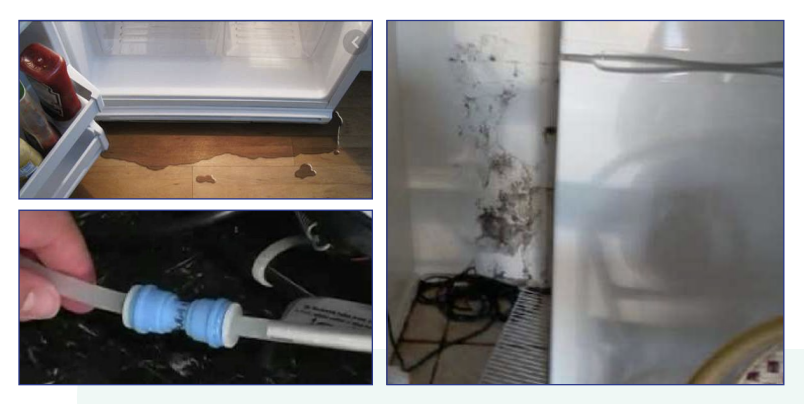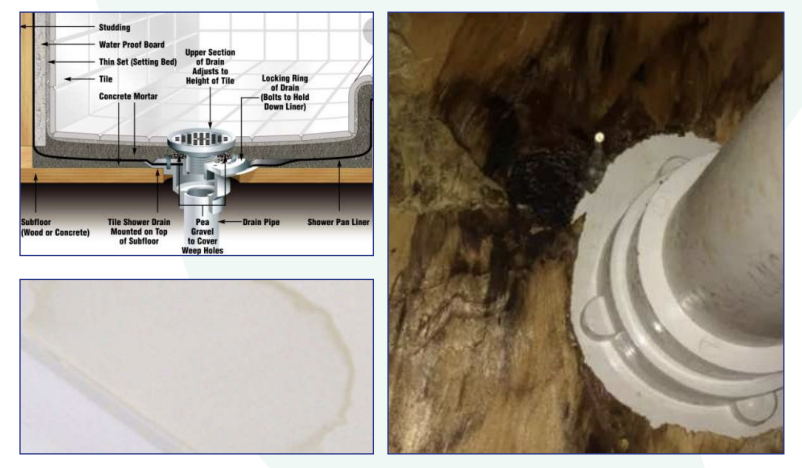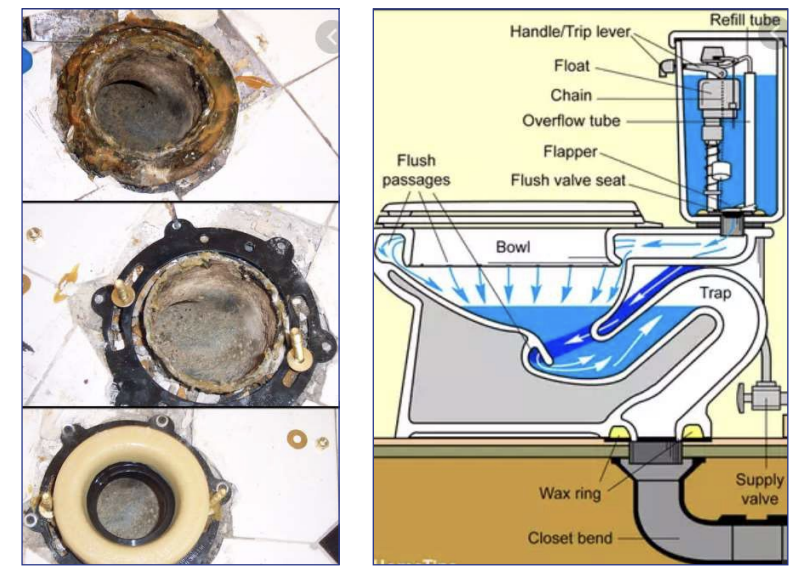Water Loss Sources That Could Cause Materials to Be Wet Longer than We Thought

Water Loss Sources That Could Cause Materials to Be Wet Longer than We Thought


Meet Ed
Instructor Ed Jones has over 30 years of experience in theindustry, has the title of MasterWater Restorer, is an Institute ofInspection Cleaning andRestoration Certification (IICRC)-approved instructor, and hasserved on the S500-2021consensus body committee todevelop the most recent standard.
One of the first things we look at when reviewing a new water loss claim is to confirm the origin
of loss and how long the materials have been wet to help determine the category of water.
Many times, the date of loss listed in the loss notice is actually the date of discovery, not actual
date of loss. With this understanding, we need to look at some water loss sources where the
water intrusion is hidden from view, so we might need to consider the affected materials have
been wet longer than we thought.

break. Many of these lines are made
out of thin plastic tubing that can be
“kinked” or “pinched” so it weakens
the plastic and a small pin hole water
leak occurs or the line becomes
detached from the supply line valve in
the wall. Always look behind
refrigerator for moldy drywall or
base trim.

becomes separated from the shower
pan liner, it could leak slowly over time
as it only leaks when the shower is
used. It might be discovered from a
water stain on the ceiling below.

it might take weeks for the water
damage to become visible as it will
leak only when flushed.
Read the article on Selective Invasive Investigation to learn how to look for visible mold growth
behind or below what caused the leak. Open up the base trim and lowest part of the wet wall
drywall to look inside wall cavities or make an inspection port in a wet drywall ceiling to look
up into the ceiling cavity from below.
Remember, obtain good photos of any visible mold and moisture content readings.



